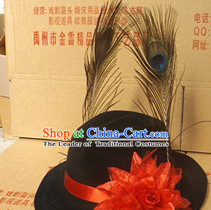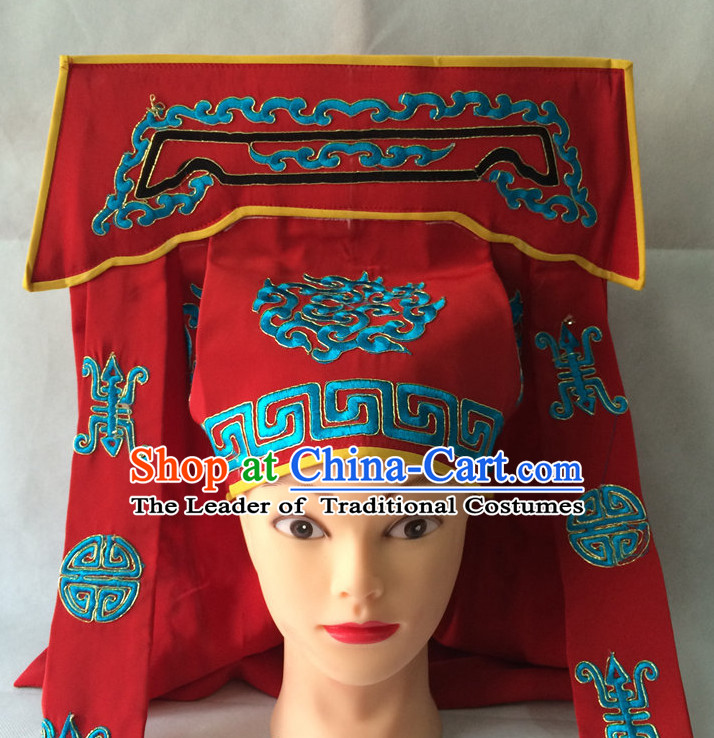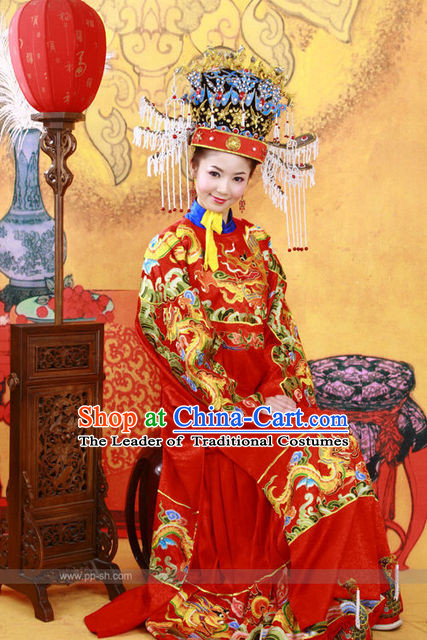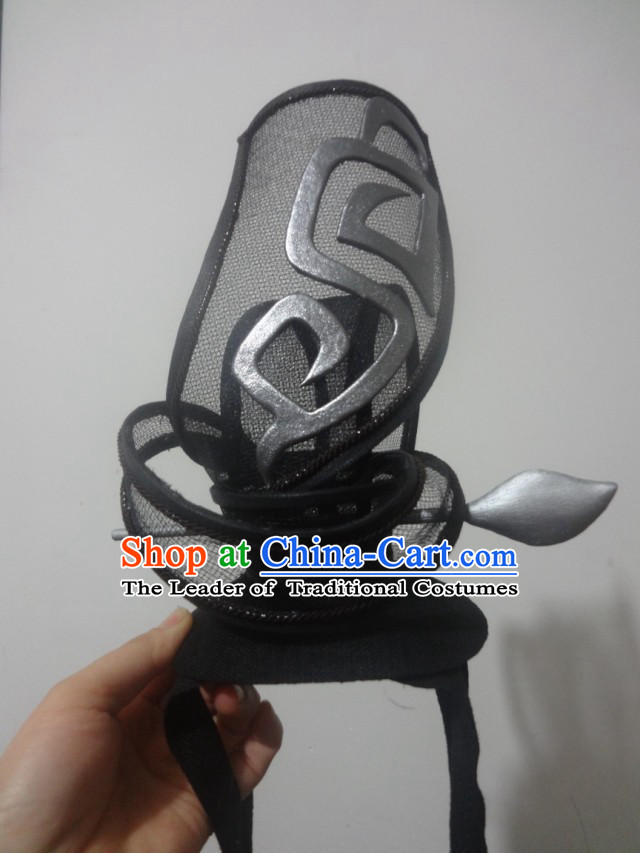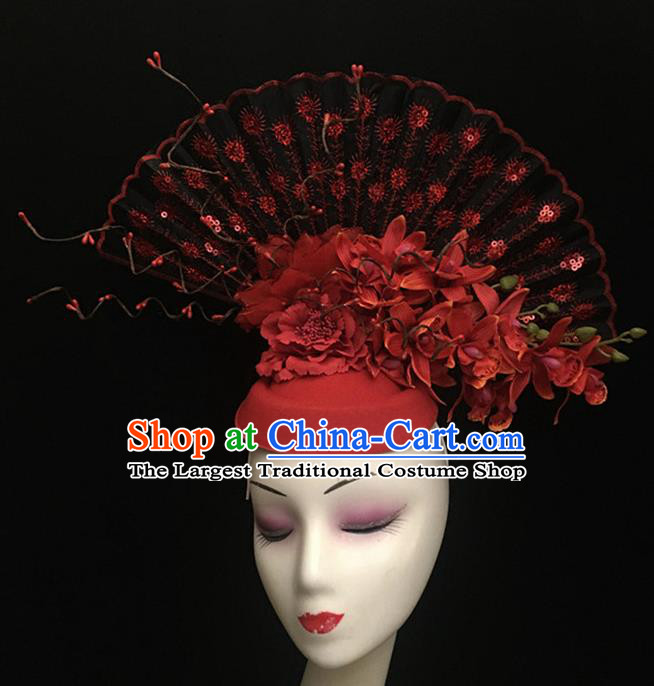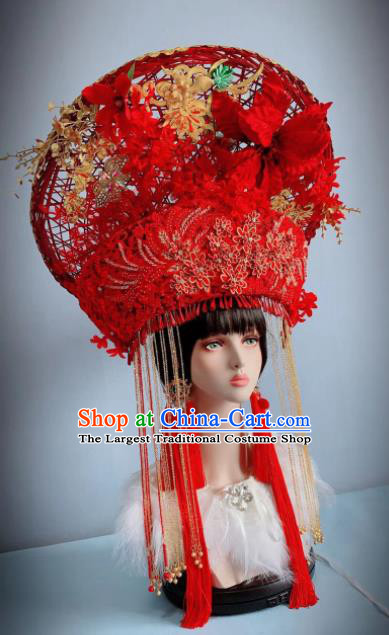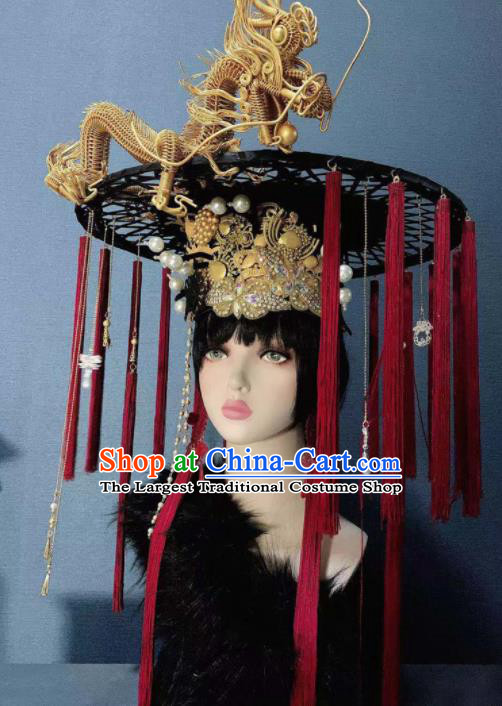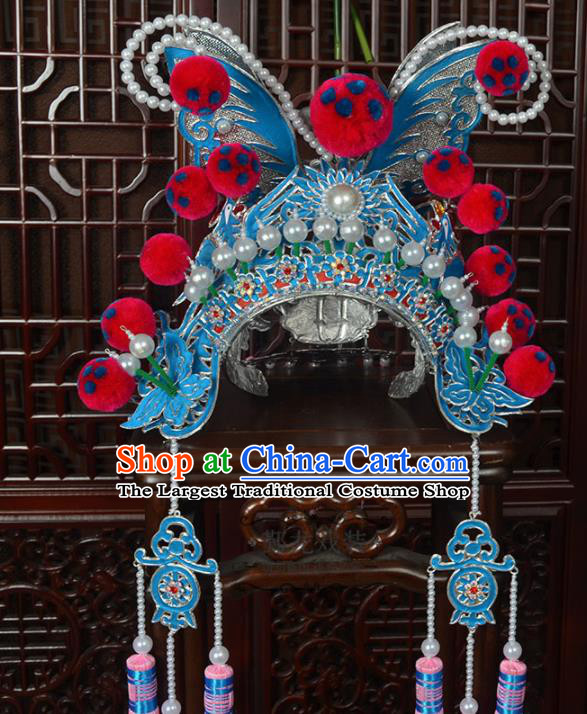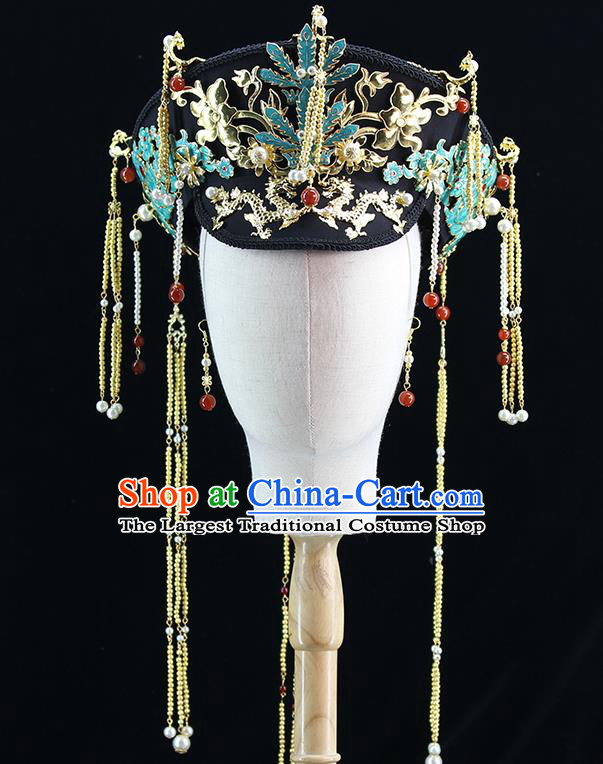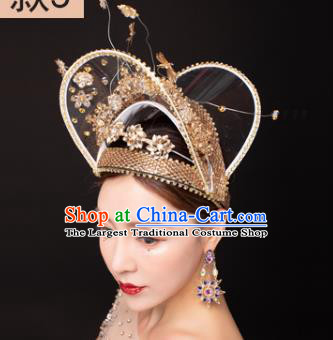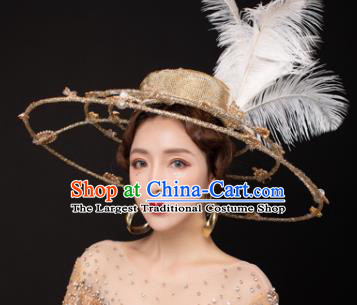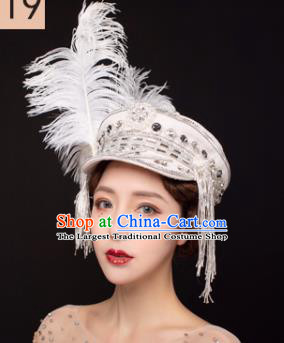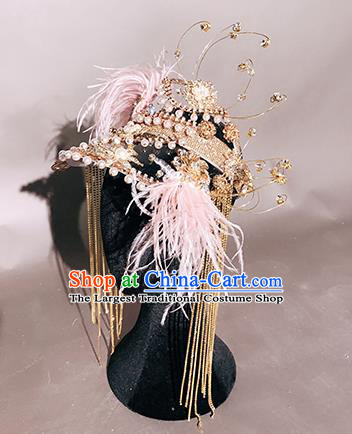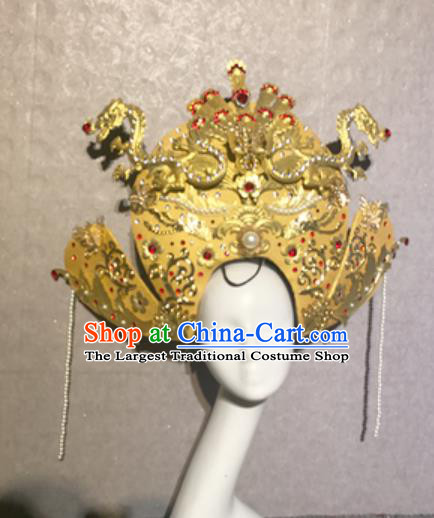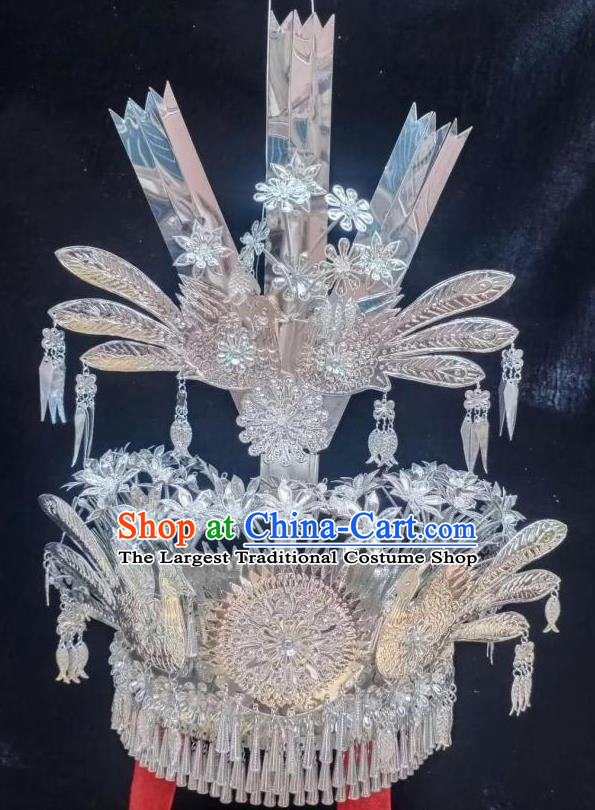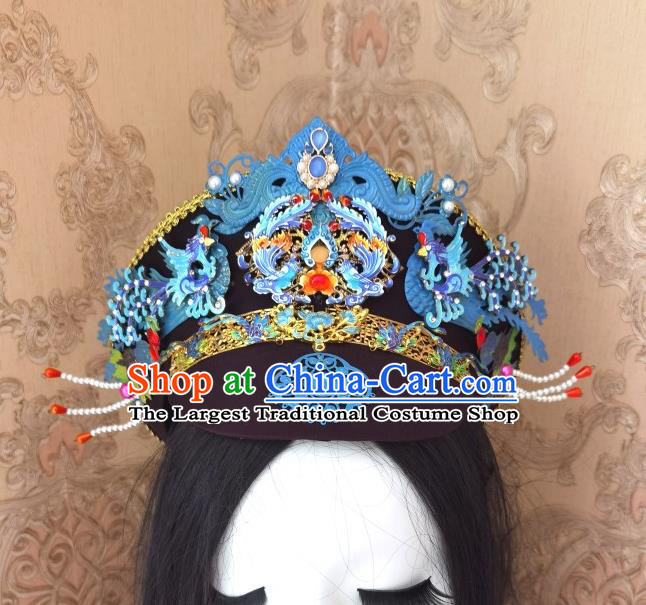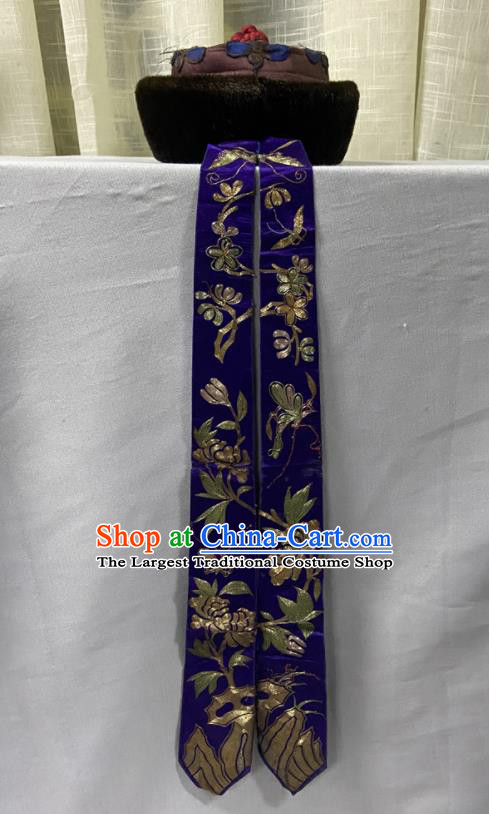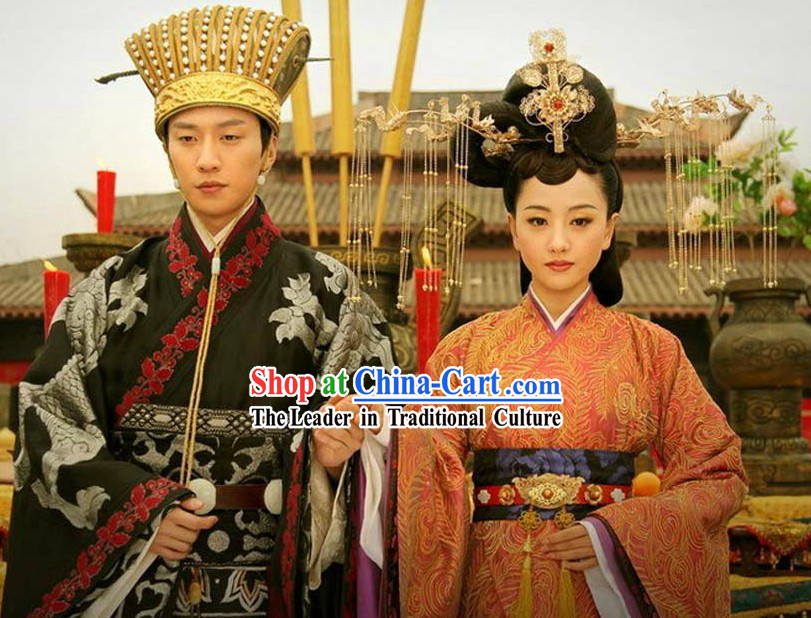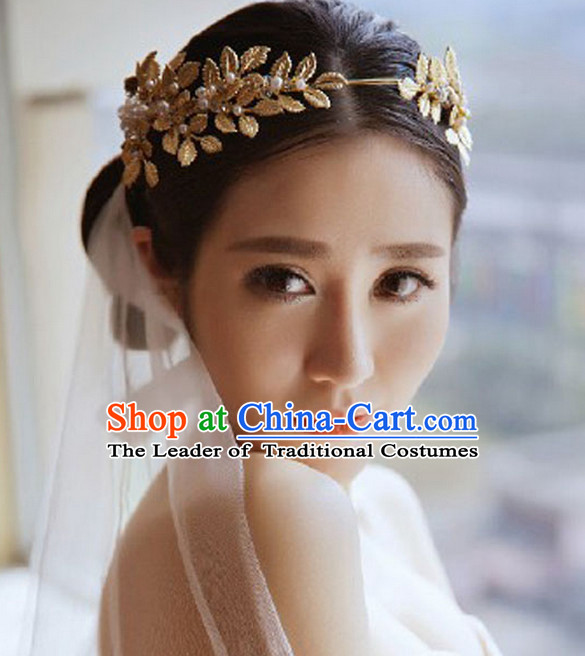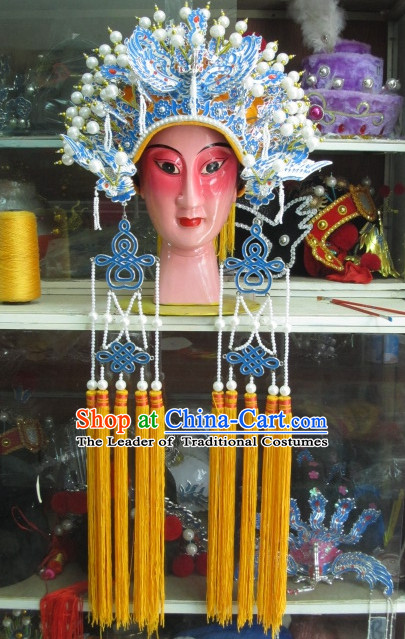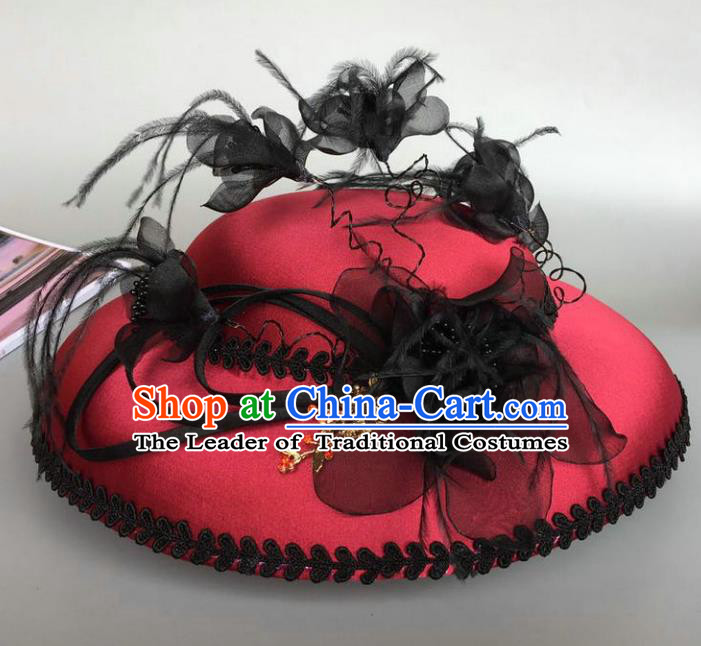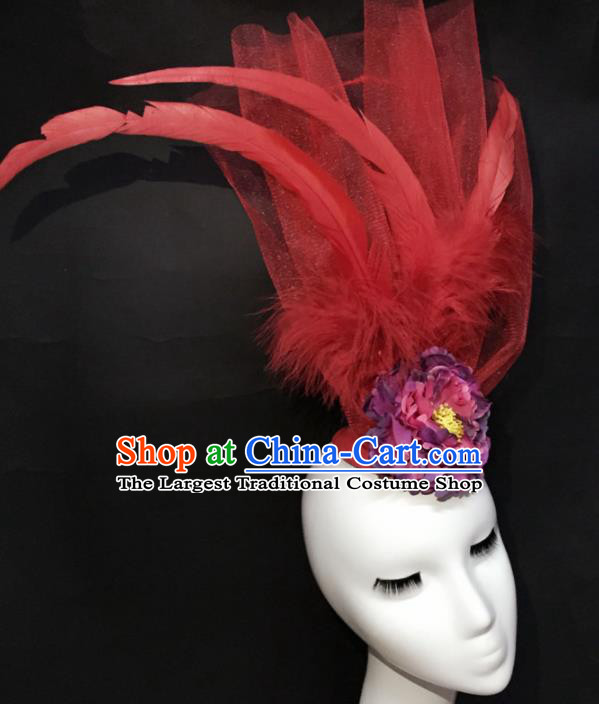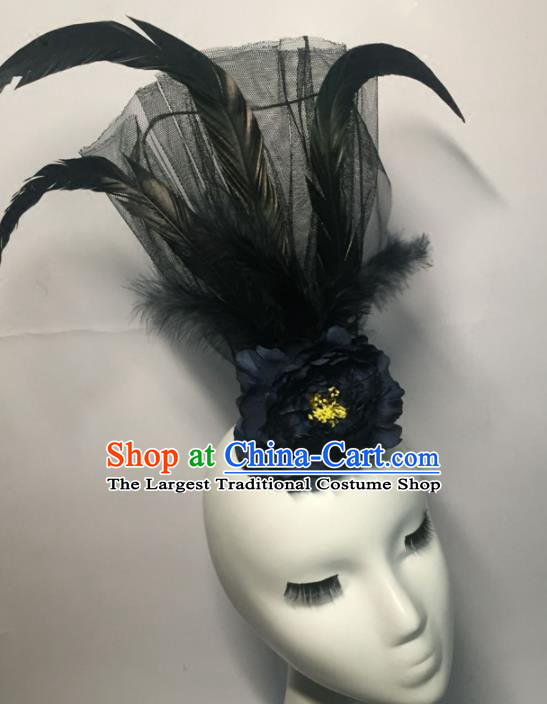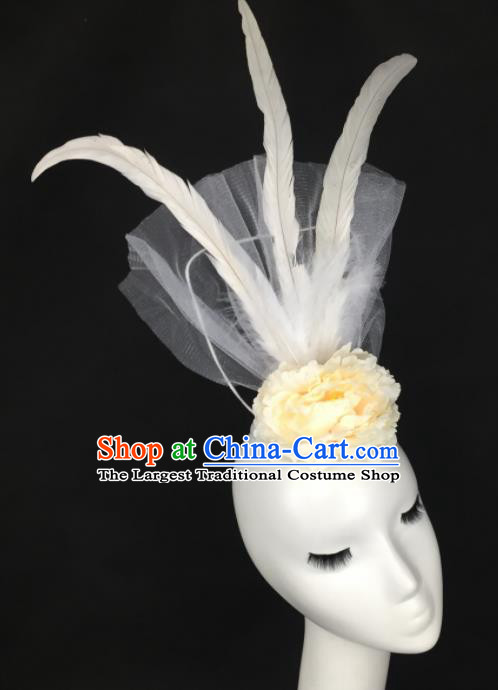
Click Related Pictures for More Audios:
The traditional Chinese bride's headwear, also known as the "feng guan xia pei," is an important piece of attire for women in ancient Chinese weddings.
It represents the essence and historical significance of traditional Chinese culture and showcases the respectable status of women in marriage.
The design of the feng guan xia pei is exquisite and incorporates elements of art, craftsmanship, and culture.
The main part of the headwear is the feng guan, which is made of metal and adorned with various jewels and gemstones such as pearls, jade, and rubies.
The top of the feng guan features a golden crown, symbolizing the status of a queen.
The xia pei is a long robe made of red silk, embroidered with various patterns and designs such as dragons, phoenixes, and flowers.
These patterns signify good fortune, happiness, and prosperity.
In addition to its magnificent appearance and intricate craftsmanship, the feng guan xia pei carries profound cultural significance.
In traditional Chinese culture, the phoenix is a sacred bird that symbolizes auspiciousness, beauty, and happiness.
The xia pei represents the beauty and gentleness of women.
Therefore, when a bride wears the feng guan xia pei, it signifies that she will have a bright future and a happy life.
Furthermore, the feng guan xia pei is an important cultural heritage.
It is an integral part of ancient Chinese etiquette culture and reflects the political, economic, and cultural conditions of that time.
By studying the historical background and crafting techniques of the feng guan xia pei, we can better understand the diversity and developmental history of ancient Chinese culture.
In conclusion, the traditional Chinese bride's headwear - the feng guan xia pei - not only has a beautiful appearance and exquisite craftsmanship but also carries rich cultural connotations and historical significance.
It is an essential component of traditional Chinese culture and one of the outstanding cultural heritages of the Chinese nation.
